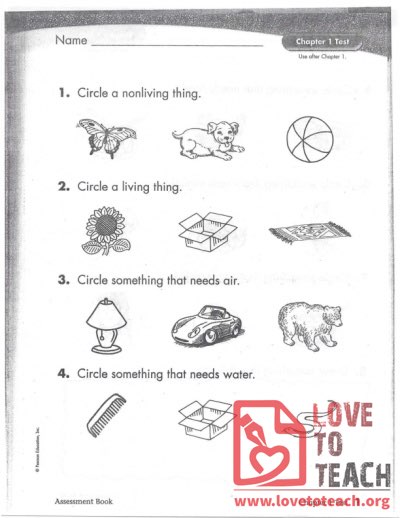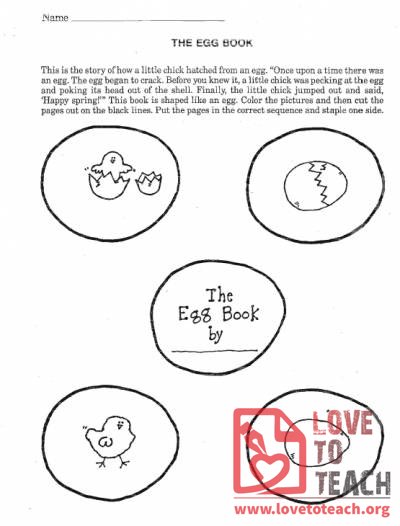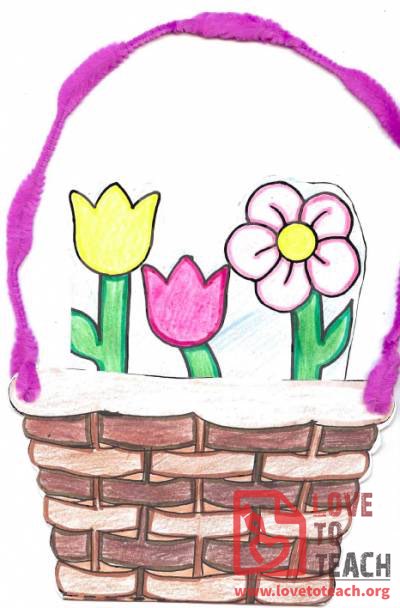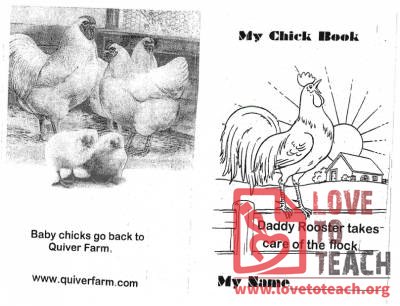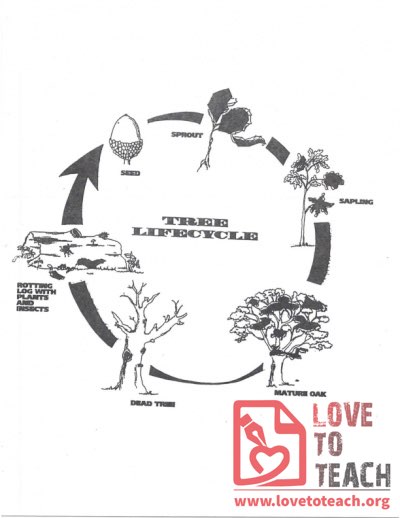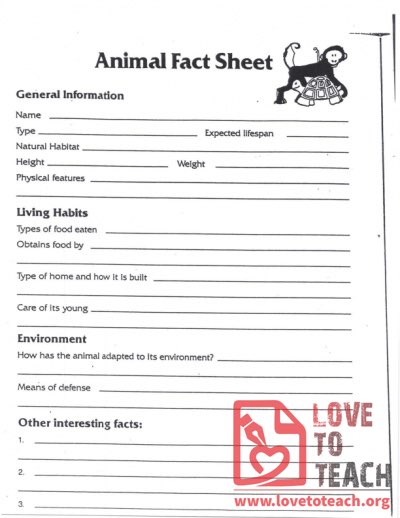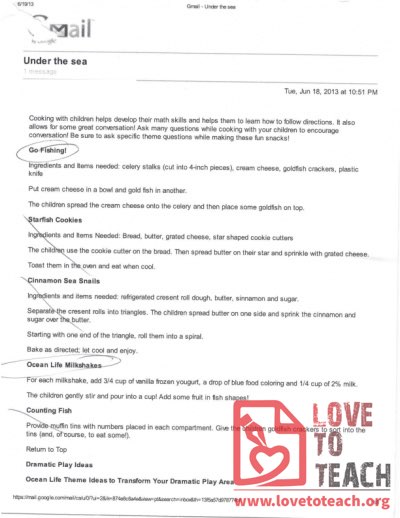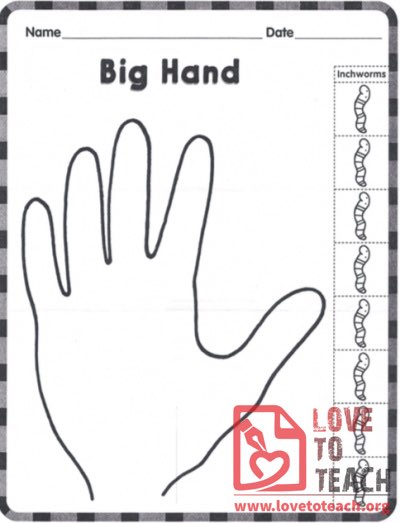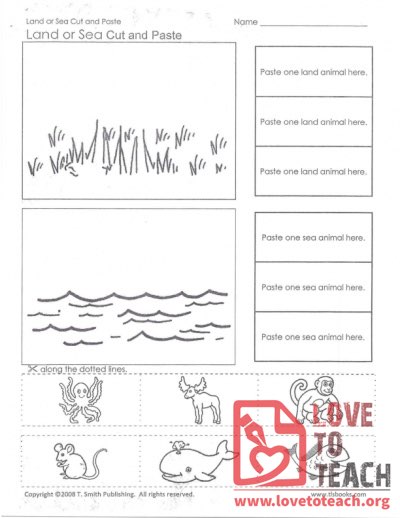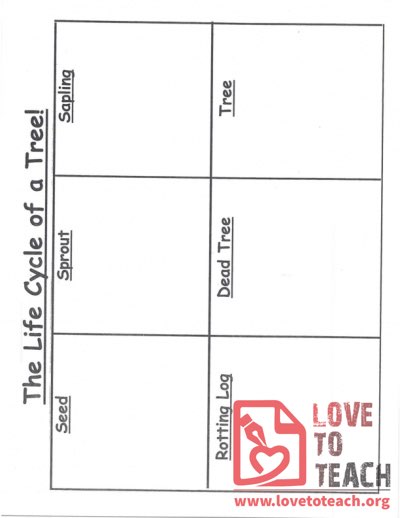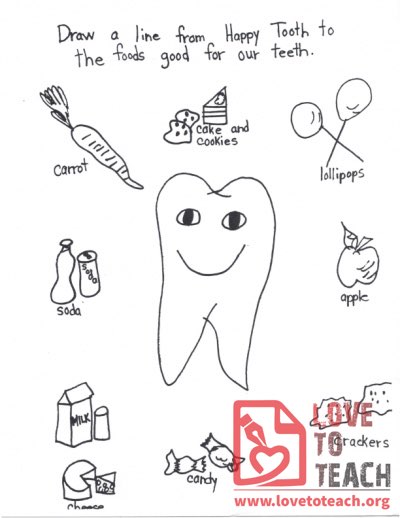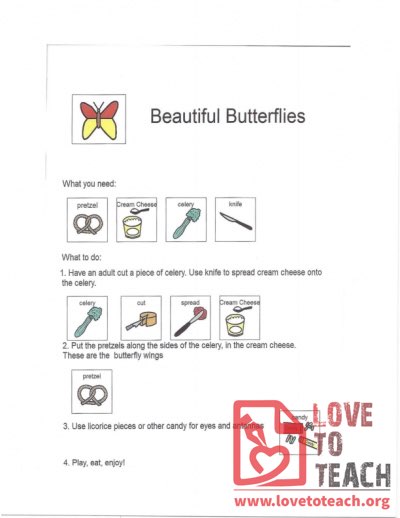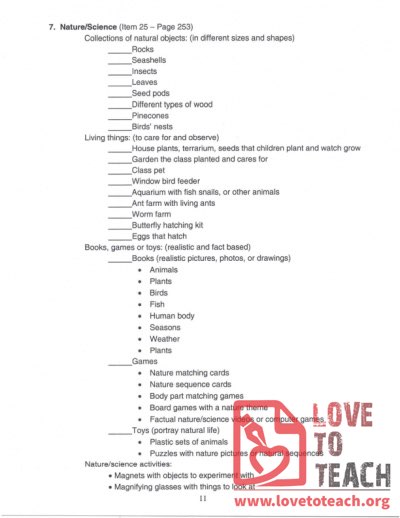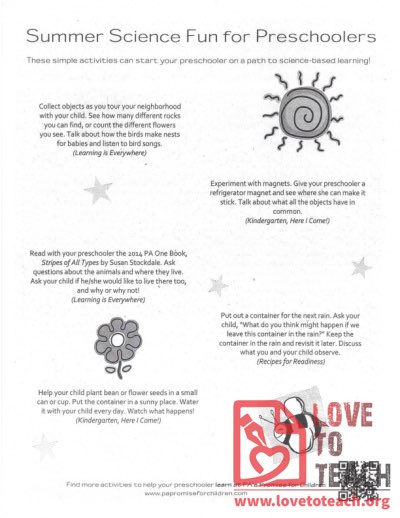Science (158)
Dive into our dynamic collection of resources covering a vast array of scientific topics, from biology and chemistry to physics and environmental science. Whether you're conducting hands-on experiments, exploring scientific concepts through inquiry-based learning, or delving into the wonders of the natural world, our comprehensive materials are designed to engage learners of all ages and abilities.
Have the children read the words in the word box and write the correct word in the blank to finish the sentence. Look at the pictures for clues.
This cute little book has no words and is a great way to help children begin reading!
The animal report checklist has everything you need to have students complete a report on animals. It contains a checklist of what the student needs to complete as well as a rubric for the teacher to use to grade the report. Each step is broken down to make the project go smoothly. This project is geared towards elementary aged students.
This book explains what happens before, during, and after a little chick is born using an incubator.
The Animal Fact Sheet is a breakdown of different information for students to find to learn about different animals. There are different sections for the students to fill in. The sections include General Information, Living Habits, Environment and Other interesting facts.
Word search puzzle worksheet featuring "simple machines" - for example Bicycle, Crowbar, Hammer, Screwdriver
Not what you want?
Use our free online word puzzle maker, or browse our library of premade word searches.
This document has several recipes, games, songs and activities that all have to do with the sea. It's a great source for a lesson about the sea.
Invent your own frozen treat, just like Christian Nelson invented the Eskimo Pie! Use coffee cans, water, ice, rock salt, and tape, along with ice cream's ingredients (whipping cream, milk, sugar, vanilla/other flavoring). Review by making your own recipe card at the bottom. Also, check out our Ice Cream in a Bag Project for another way to make ice cream.
Cut out each animal. Read about the desert animals that like this cactus plant, called the saguaro. Paste each animal where it belongs in the picture.
The Land or Sea cut, and paste has activities that can help students learn the difference between land and sea animals. It will also help students with fine motor skills by letting them cut out the animals.
Draw a line from Happy Tooth to the foods good for our teeth. This is a fun way to teach students how to take care of their teeth.
This coloring page will help students learn the difference between living and non-living things. They get to color the non living things.
This project will have students making butterflies out of food items. Kids will have fun playing with the different types of food.
A nature/science materials list with different categories. The categories include collections of natural objects, living things, books, games or toys and nature/science activities.
These are simple activities that can start your preschooler on a path to science-based learning.
Page 2 of 8


